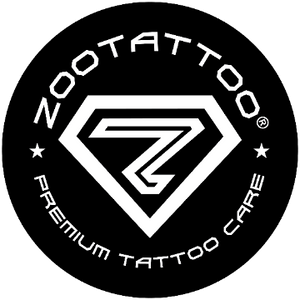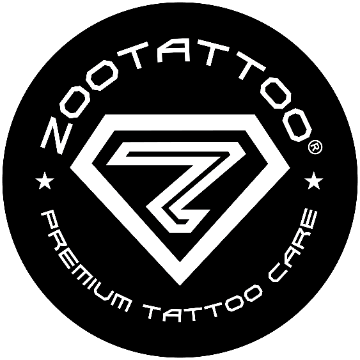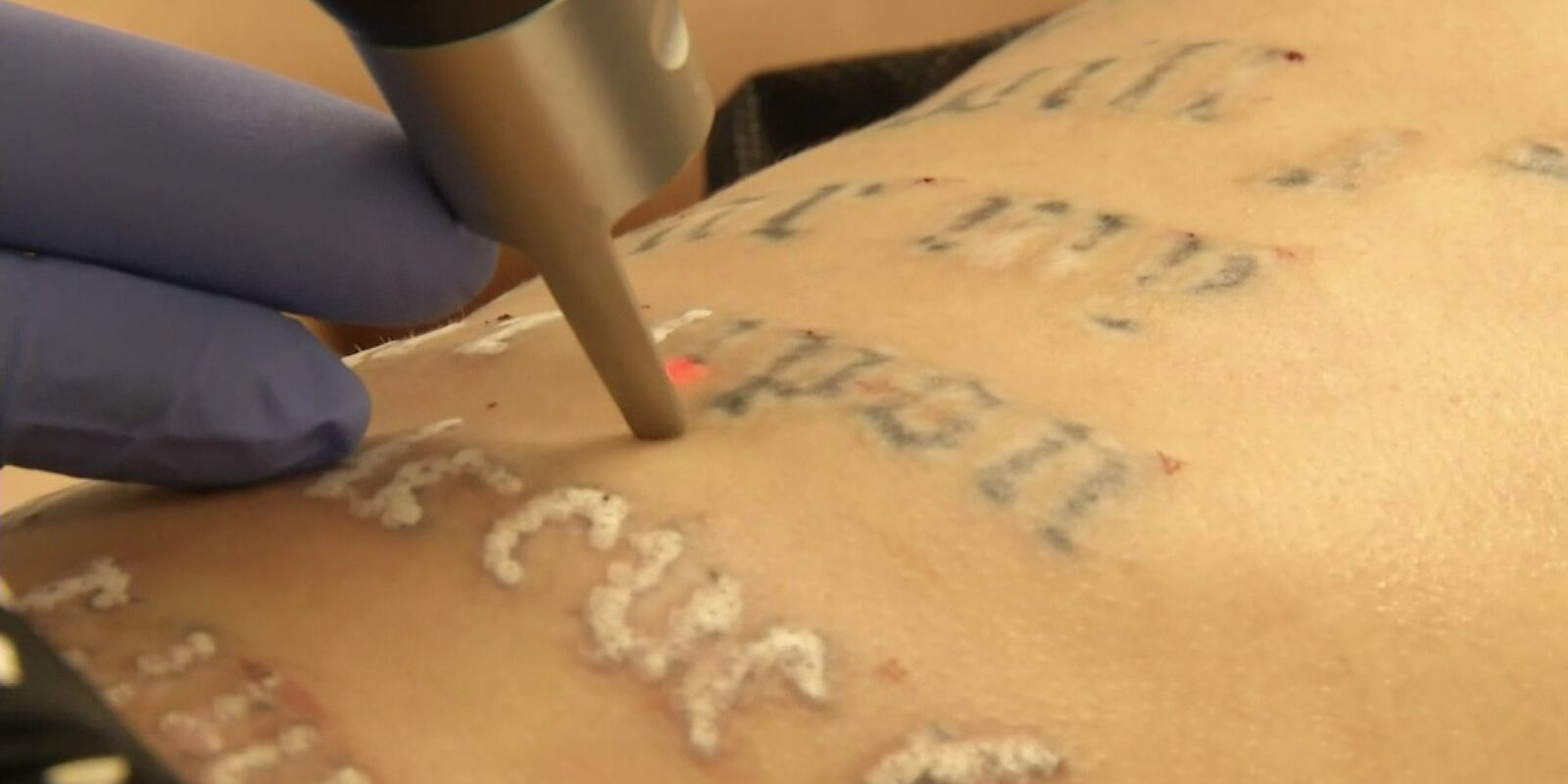Everything You Need to Know About Laser Tattoo Removal Duration

Are you considering removing a tattoo with laser therapy but unsure about the time commitment involved? Laser tattoo removal is a popular and effective method, but many factors can influence the duration of the process. Let's delve into the details of how long it takes to remove a tattoo with laser and what factors can impact the timeline.
How Laser Tattoo Removal Works
Laser tattoo removal works by targeting the tattoo ink with high-intensity light beams. The light breaks down the ink particles into smaller fragments, which are then eliminated by the body's immune system. Over a series of sessions, the tattoo fades gradually until it is no longer visible.
Factors Affecting Removal Time
1. Tattoo Size
One of the primary factors influencing the time it takes to remove a tattoo is its size. Larger tattoos require more laser pulses and sessions to break down all the ink particles, leading to a longer removal process.
2. Ink Colors
The colors used in the tattoo can also impact the removal duration. Darker colors like black are easier to remove, while brighter colors like red or yellow may require more sessions due to their resistance to certain wavelengths of light.
3. Tattoo Age
The age of the tattoo can play a role in the removal process. Older tattoos have had more time to set into the skin, making them slightly more challenging to remove compared to newer tattoos.
4. Skin Type
Individuals with different skin types may experience variations in the removal process. Factors like skin tone and texture can influence how well the laser is absorbed and how effectively it breaks down the ink particles.
Typical Duration of Laser Tattoo Removal
On average, laser tattoo removal can take anywhere from 6 to 12 sessions spread out over several months. Sessions are usually scheduled 4 to 6 weeks apart to allow the skin to heal between treatments.
Session Duration
Each laser tattoo removal session typically lasts between 15 to 30 minutes, depending on the size and complexity of the tattoo. Larger tattoos may require longer sessions to ensure all areas are adequately treated.
Post-Treatment Care
After each session, it is essential to follow the post-treatment care instructions provided by your laser technician. This may include keeping the treated area clean, avoiding sun exposure, and applying soothing creams as needed.
Factors Speeding Up the Process
1. Professional Expertise
Choosing a reputable and experienced laser tattoo removal specialist can speed up the process. A skilled technician will use the right equipment and techniques to target the ink effectively.
2. Healthy Lifestyle
A healthy lifestyle can also contribute to faster tattoo removal. Eating a balanced diet, staying hydrated, and avoiding smoking can help your body's immune system eliminate the broken-down ink particles more efficiently.
Patience Is Key
It's essential to approach laser tattoo removal with realistic expectations and patience. While the process may take several months to a year to complete, the gradual fading of the tattoo is a sign that the treatment is working.
Embrace the Journey to your next Cover-Up Tattoo
Removing a tattoo with laser therapy is a journey that requires commitment and perseverance. By understanding the factors that influence the duration of the process and following the advice of your laser technician, you can achieve the desired results and prepare for your next cover-up tattoo.

This article was brought to you by ZOOTATTOO® The world's premium vegan aftercare balms, creams, adhesive wraps, and cleansers. We only use high quality exotic Australian Organic Hemp Oil and complimentary botanical ingredients for when you're healing tattoos, scalp micro-pigmentation and laser treated skin.You won't look back!
FREE SHIPPING on orders over $100AUD to USA, Australia, Canada, New Zealand, UK, Belgium, Germany, France, Ireland, Switzerland and Netherlands ORDER HERE
** Not redeemable with other promotional discounts
0 Kommentare







